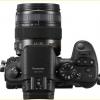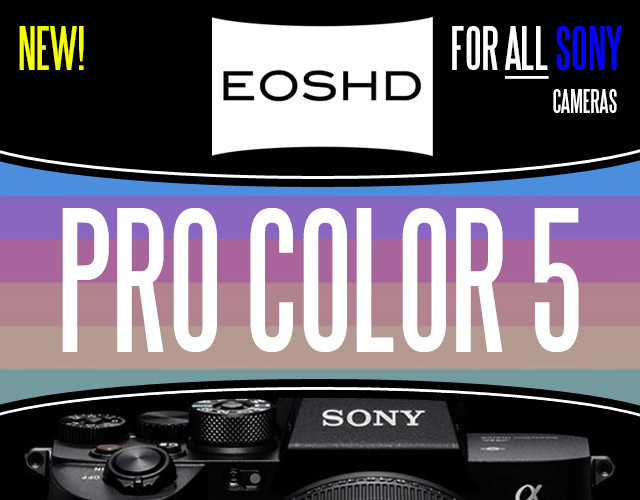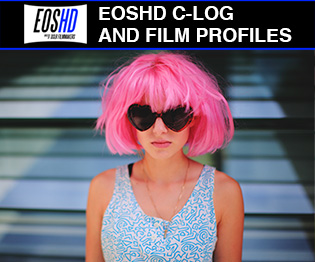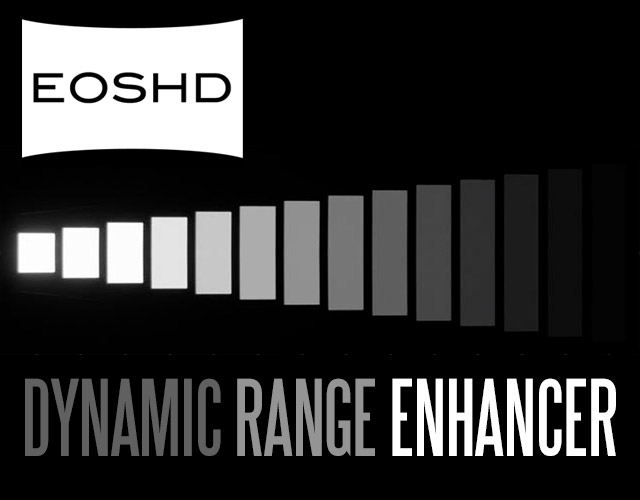GH3 and RAW timelapse issue
-
Similar Content
-
- 3 replies
- 2,087 views
-
- 0 replies
- 2,046 views
-
ArThur H, french singer and anamorphic teaser :)
By Sebastien Farges,
- anamorphic
- super 8
- (and 2 more)
- 2 replies
- 4,540 views
-
- 10 replies
- 3,308 views
-
- 10 replies
- 5,295 views
-









Recommended Posts
Create an account or sign in to comment
You need to be a member in order to leave a comment
Create an account
Sign up for a new account in our community. It's easy!
Register a new accountSign in
Already have an account? Sign in here.
Sign In Now